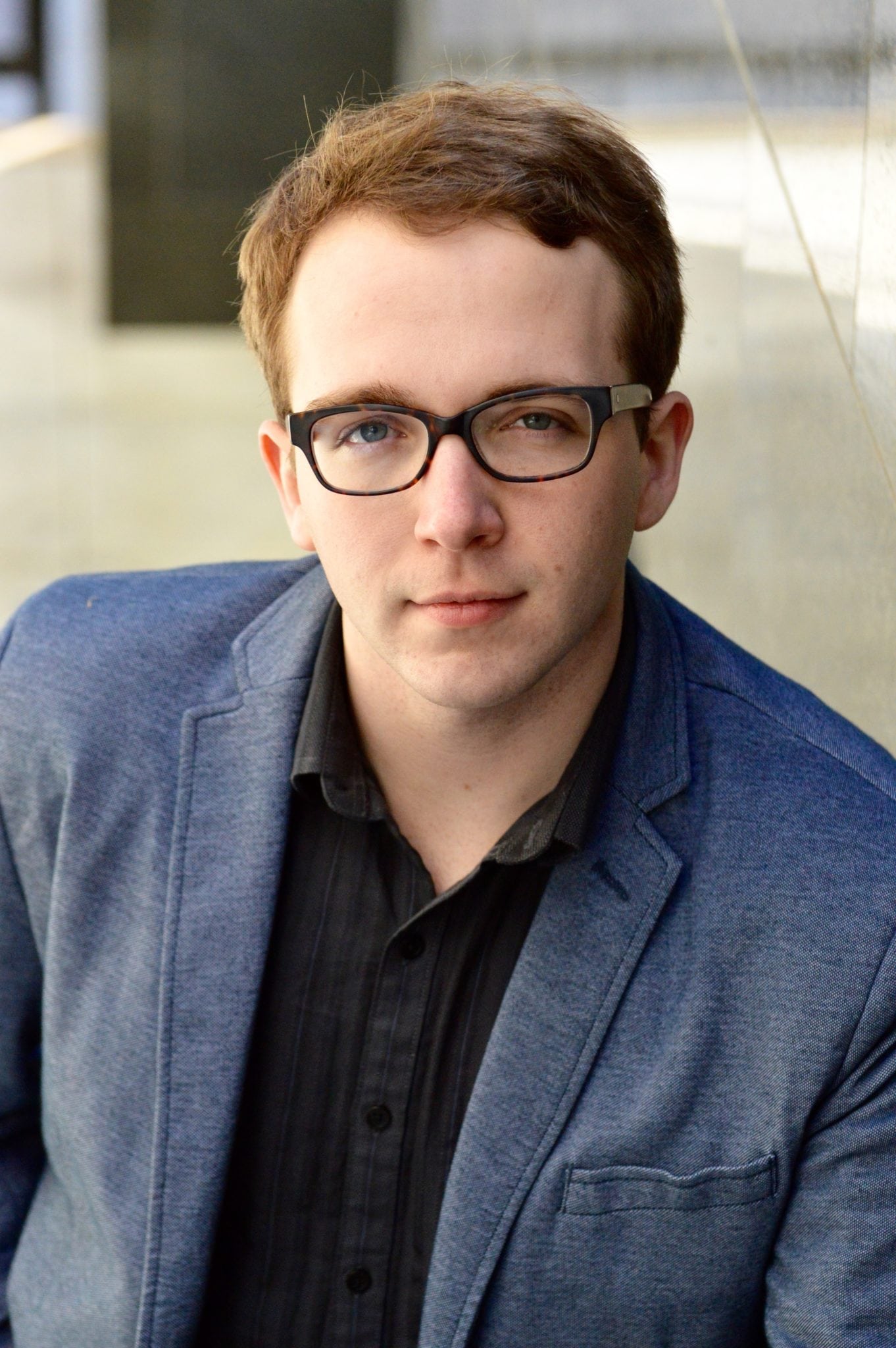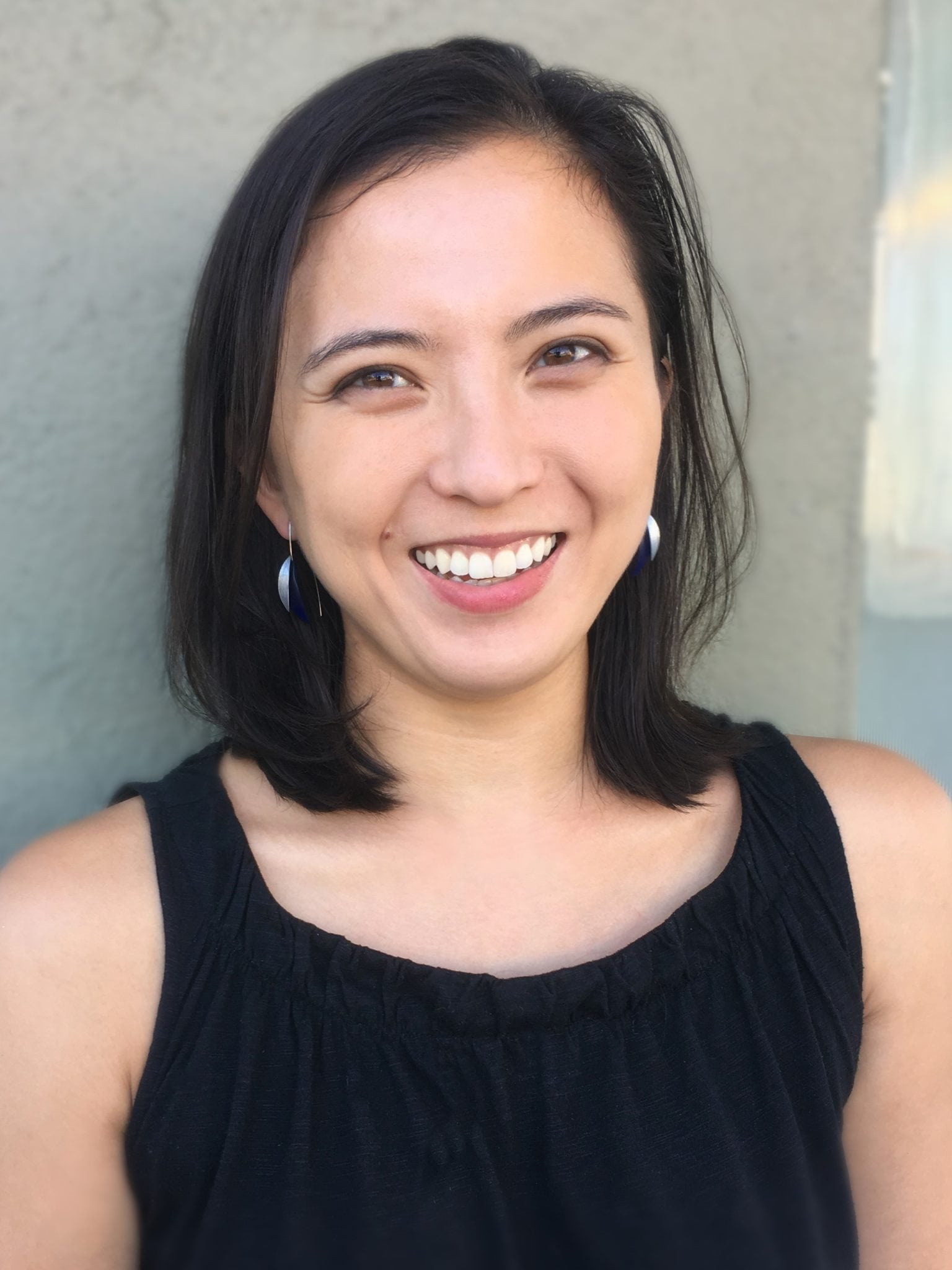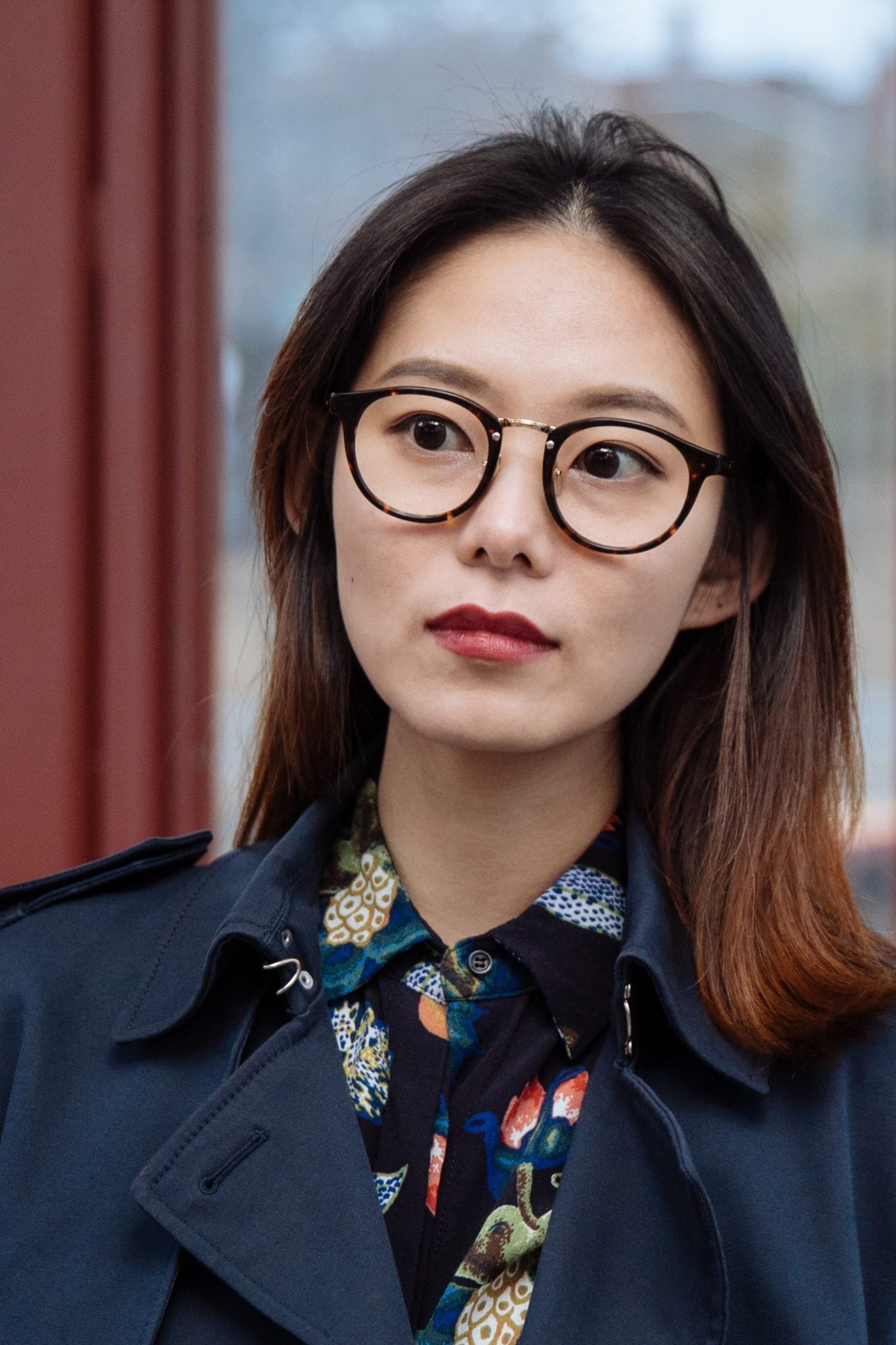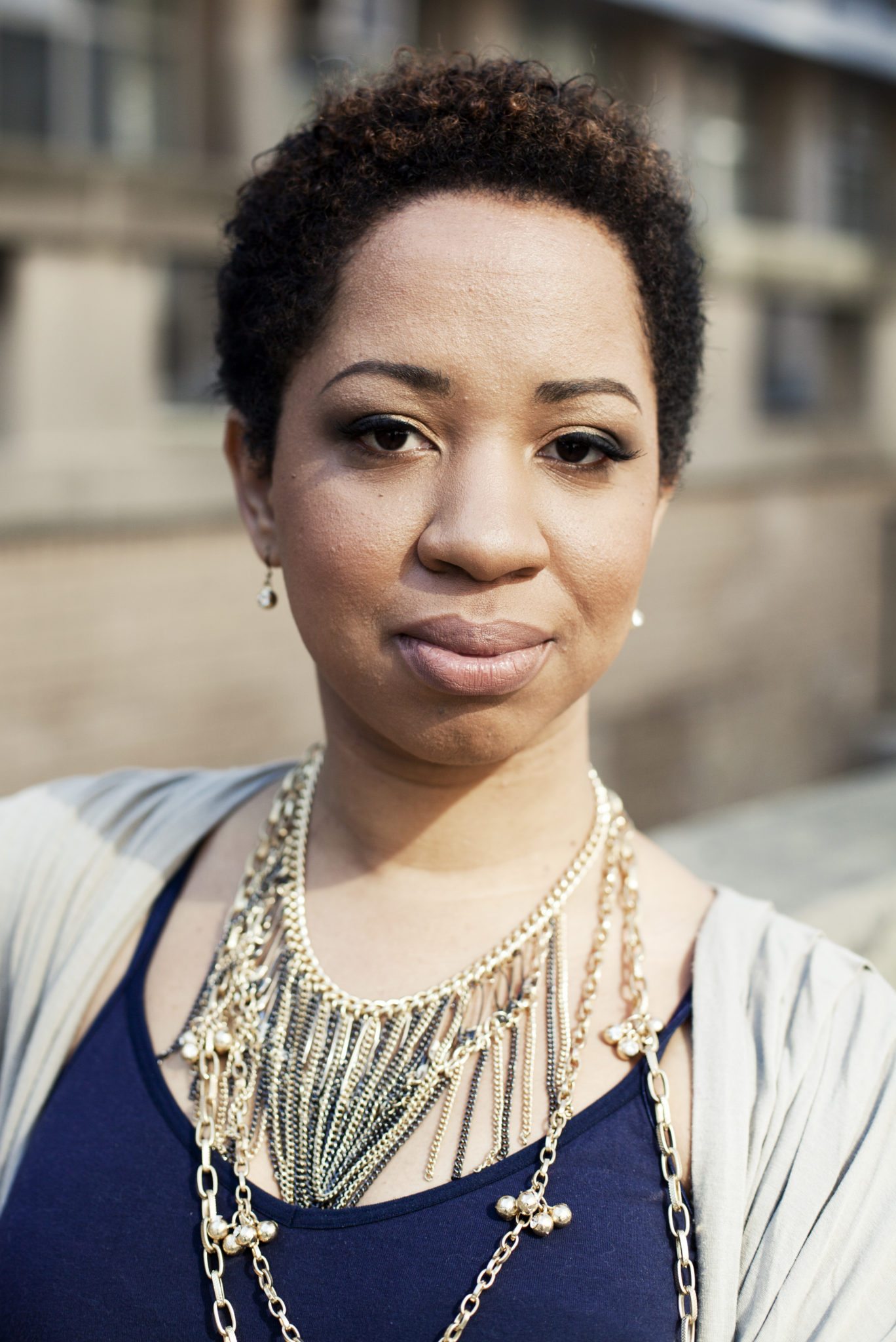About EarShot
EarShot and the Jacksonville Symphony present a performance of new works by four emerging composers Friday, April 20th in Robert E. Jacoby Symphony Hall, led by Music Director Courtney Lewis. This performance will be the culmination of a series of private readings, feedback sessions and work with mentor composers Courtney Bryan, Marcos Balter and Steven Mackey. The selected composers, chosen from an international candidate pool, are Nicholas Bentz (E.W. Korngold Goes to Kikkatsu), Will Healy (Kolmanskop), Ursula Kwong-Brown (Night and Day), and Meng Wang (Blooming in the Long Dark Winter’s Night). White Gleam Of Our Bright Star, a composition by Courtney Bryan, Composer-in-Residence, will also be performed.
EarShot, the National Orchestral Composition Discovery Network, is a partnership between American Composers Orchestra, League of American Orchestras, American Composers Forum, and New Music USA enabling connections between orchestras and emerging composers. Drawing from a national network of advisors and advocates, EarShot works with orchestras around the country to identify and support promising composers in the early stages of their careers. Orchestras have relied on EarShot to advise them on commissions, competitions, and program design in addition to identifying composers consistent with the orchestra’s artistic vision. EarShot residencies include established composer mentorship, orchestra readings, and musician and conductor feedback sessions, and are customized to the orchestra’s aesthetic and/or demographic interests and community and education activities.
Get to know the composers by reading about their compositions that will be performed, viewing their biographies, and listening to a sample of a composition. If you would like to attend this concert, purchase tickets below.

Nicholas Bentz
Participating Composernicholasbentz.net
Location: Baltimore
Composition: E.W. Korngold Goes to Nikkatsu
E.W. Korngold Goes to Nikkatsu was conceived from an experiment in combining the work of two of my favorite artists: Erich Wolfgang Korngold and Seijun Suzuki. Korngold’s work in the genre of film music created the “Hollywood Sound,” serving as the aesthetic bedrock of the Golden Age of Hollywood’s musical taste. However, his foray into film music left him marked and stigmatized by the concert hall, as he rarely found a welcoming concert review after he stepped on to the Hollywood soundstage.
The work of Seijun Suzuki is little known outside of his home country of Japan, yet his contributions to the field of cinema are both universal and highly visible. After beginning his career as a B-picture director at Nikkatsu Studios, he destroyed notions of narrative in his films and inserted aesthetic devices that turned his hard-boiled gangster flicks into arthouse specials and cult phenomena. Suzuki’s style is reflective of many different styles of film from the time. You can see the archetypes of American Westerns á la John Wayne rubbing elbows with the classical morals of Kurosawa and Ozu. Suzuki then throws in gratuitous amounts of sex and violence with an extreme dose of nihilism.
The main inspiration of E.W. Korngold Goes to Nikkatsu is in imagining a film of Suzuki’s scored by Korngold. Both of these artists worked in aesthetics of excess – Korngold with his hyper-Romanticism, and Suzuki with his seemingly never-ending action sequences and hyper-masculine (to the point of parody) heroes.
Composition Sample

Will Healy
Participating Composerwillhealymusic.com
Location: New York
Composition: Kolmanskop
"Kolmanskop is a ghost town, located in a desert near the coast of Namibia. A diamond mining settlement until its abandonment in the 1950's, the surrounding sands have filled the homes. The first time I came across pictures of Kolmanskop, I was awestruck by the beauty and strangeness of the place. The photographs looked like surrealist art, with mountains of sand, sometimes to the tops of doorways and roofs, inundating ornate colonial houses.
In 2014, I was awarded the W.K. Rose Fellowship to go to Kolmanskop and compose a piece based on that setting. I wanted to represent more than just the visual elements of Kolmanskop. I tried to depict the idea of decay as the sand fills the houses, the sense of loss and nostalgia as the structures fade away, and the passage of time. The whole town is a bit like an hourglass--the more time that passes, the higher the sand becomes. I found a violin in one of the houses behind a glass case, apparently made by a violin-maker in Kolmanskop at the turn of the century. It was strange to know that in these eerily silent buildings there had once been music, and I decided to represent that with a recurring offstage violin solo. As the violin plays, it is often hidden by walls of sound, struggling to be heard above the orchestra."
Composition Sample

Ursula Kwong-Brown
Participating Composerursulakwongbrown.com
Location: New York City
Composition: Night and Day
"This work is divided into two sections: Night and Day. The piece starts in the Night with a roll on the tam-tam supporting the soft plucking of the harp and feather-beamed pizzicato in the strings, meant to evoke the rustling of sounds in the darkness. The atmosphere grows increasingly uneasy with trills in the woodwinds and the eerie sound of the celesta, and then we burst into Day. Once again, the strings play pizzicato but now the rhythms are purposeful, and soon the strings receive reinforcement from the winds and brass. Day is a mixture of energetic and cheerful that borders almost on frantic, but ultimately climaxes on a joyous note: a burst of brilliant sunshine."
Composition Sample

Meng Wang
Participating Composermengwangmusic.com
Location: New York City
Composition: Blooming in the Long Dark Winter's Night
Blooming in the Long Dark Winter's Night is inspired by a French symbolist poetry, "Correspondences," which is from the volume of Les Fleurs du mal, by French poet Charles Pierre Baudelaire. The music devotes on its expression of the fragrance, coloration, brightness, and darkness of the poem. Its sensation constructs a utopian world of imagination.
Composition Sample
Courtney Bryan
Composer-in-Residence, Program Mentorcourtneybryan.com
Location: New Orleans
Composition: White Gleam Of Our Bright Star
Courtney Bryan, a native of New Orleans, LA, is “a pianist and composer of panoramic interests” (New York Times). Her music is in conversation with various musical genres, including jazz and other types of experimental music, as well as traditional gospel, spirituals and hymns. Focusing on bridging the sacred and the secular, Bryan's compositions explore human emotions through sound, confronting the challenge of notating the feeling of improvisation. Bryan has academic degrees from Oberlin Conservatory (BM), Rutgers University (MM), and Columbia University (DMA) with advisor George Lewis. She has also completed an appointment as postdoctoral research associate in the Department of African American Studies at Princeton University. Bryan is an assistant professor of music at Tulane University's Newcomb Department of Music, and serves as a board member of the Musical Arts Society of New Orleans (MASNO), Composers Now and New Music USA.
Bryan’s work has been presented in a wide range of venues, including Lincoln Center, Symphony Space, The Stone, La MaMa Experimental Theatre, National Gallery of Art, Blue Note Jazz Club and Ojai Music Festival. Upcoming commissions include compositions for the Jacksonville Symphony, Quince Contemporary Vocal Ensemble, Ensemble Pi, and collaborations with writers Sharan Strange and Ashon Crawley.
For more information about EarShot, or to purchase tickets for the concert, click below.


